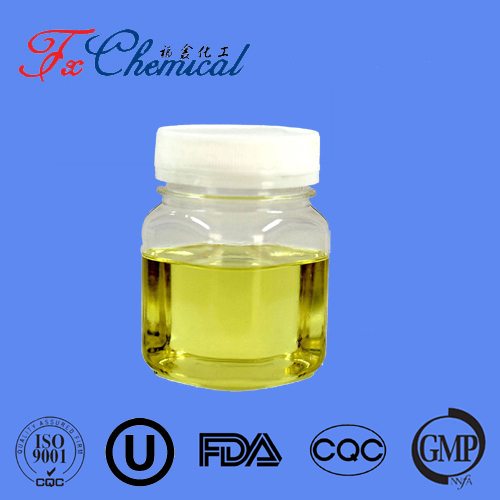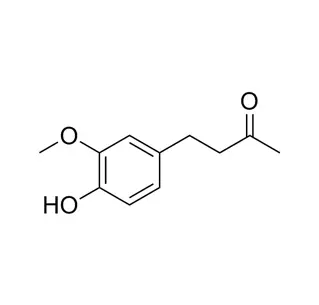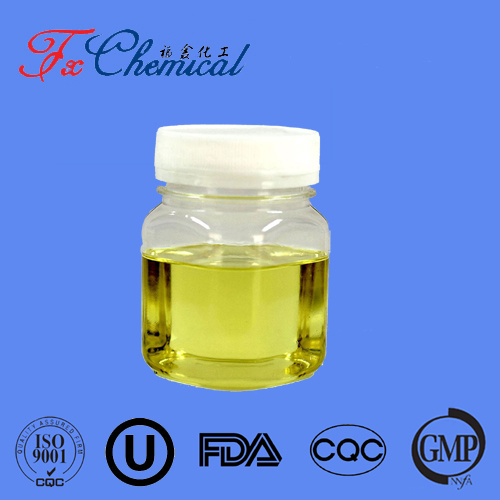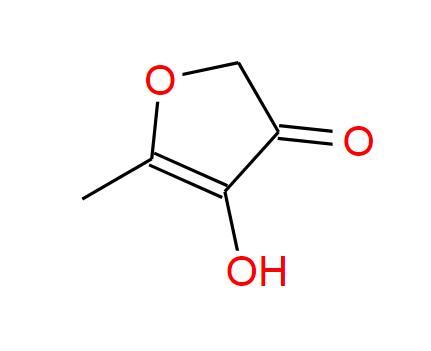
Search

Search

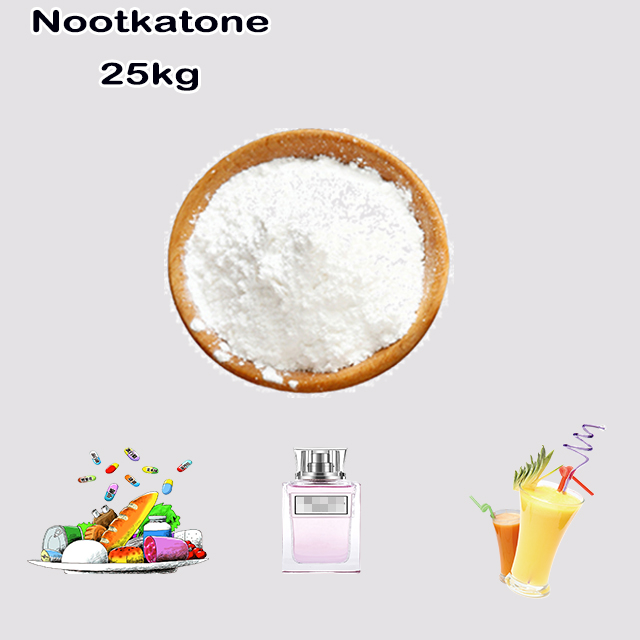
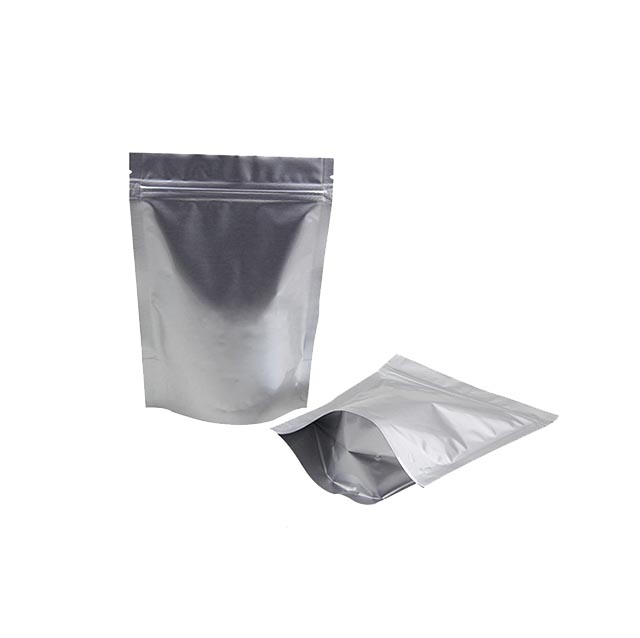
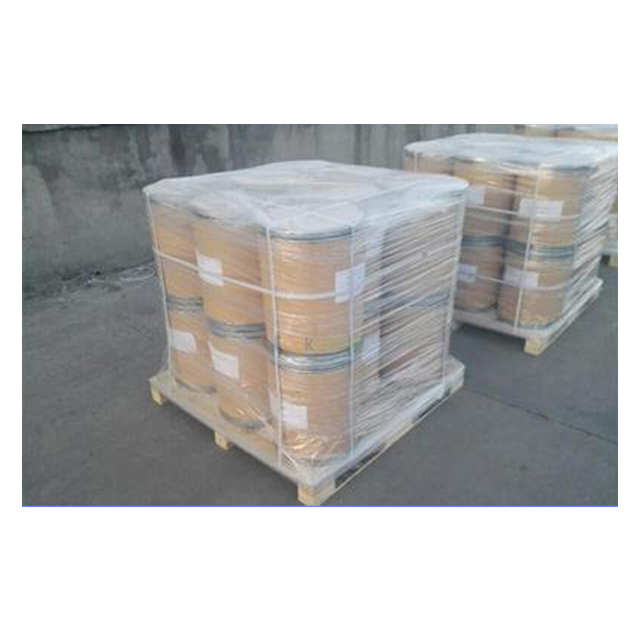





Nootkatone is a natural sesquiterpene compound (C₁₅H₂₂O) found in grapefruit peel and Alaska yellow cedar. Known for its citrusy aroma, it’s used in flavoring (food/beverages), fragrances (perfumes/cosmetics), and as an EPA-approved biopesticide/insect repellent (effective against mosquitoes/ticks). Its production leverages bioengineered yeast for cost efficiency, replacing costly plant extraction. Valued for low toxicity and biodegradability, it supports eco-friendly pest control and sustainable agriculture. Research explores antimicrobial/anti-inflammatory potential. Challenges include scaling production and competing with synthetic alternatives like DEET. Recognized by the CDC, it’s emerging in green chemistry and public health solutions.
Nootkatone is a natural organic compound classified as a sesquiterpene, renowned for its distinctive citrus aroma and diverse industrial applications. Here’s a detailed overview:
Natural Sources:
Primarily found in grapefruit peel and juice (Citrus paradisi), with smaller amounts in the essential oils of Alaska yellow cedar (Callitropsis nootkatensis, formerly Chamaecyparis nootkatensis).
Its name derives from the Nootka cypress tree.
Chemical Structure:
Formula: C₁₅H₂₂O (a bicyclic sesquiterpene ketone).
Characterized by a strong, fresh citrus scent with woody and spicy undertones.
Widely used in food, beverages, cosmetics, and perfumes to impart natural citrus notes (e.g., grapefruit-flavored drinks).
Preferred as a natural alternative to synthetic flavoring agents.
EPA-Approved: In 2020, the U.S. Environmental Protection Agency (EPA) registered nootkatone as a biobased insect repellent effective against mosquitoes, ticks, and other disease-carrying insects.
Safer for humans and pets compared to synthetic chemicals like DEET.
Acts as a natural pesticide against agricultural pests (e.g., termites, aphids), supporting eco-friendly farming practices.
Studied for potential antimicrobial, anti-inflammatory, and antioxidant properties, with possible applications in drug development.
Extraction Methods:
Traditionally extracted from grapefruit or cedar, but low yields make it costly.
Biosynthesis: Modern methods use engineered yeast or bacteria (e.g., Saccharomyces cerevisiae) to produce nootkatone sustainably via fermentation.
Key Producers:
Companies like Evolva (Switzerland) and Conagen (USA) specialize in microbial fermentation for large-scale production.
Strengths:
Natural, biodegradable, and low toxicity.
Multifunctional uses (flavor, pest control, healthcare).
Challenges:
High production costs for natural extraction; reliance on biotech for scalability.
Market competition with established synthetic repellents (e.g., DEET).
Nootkatone is gaining traction in green chemistry, public health (e.g., Lyme disease prevention), and sustainable agriculture.
The U.S. Centers for Disease Control and Prevention (CDC) and military have explored its use in eco-friendly insect control solutions.
For updated research, refer to journals like Journal of Agricultural and Food Chemistry or the EPA’s official guidelines on biopesticides.
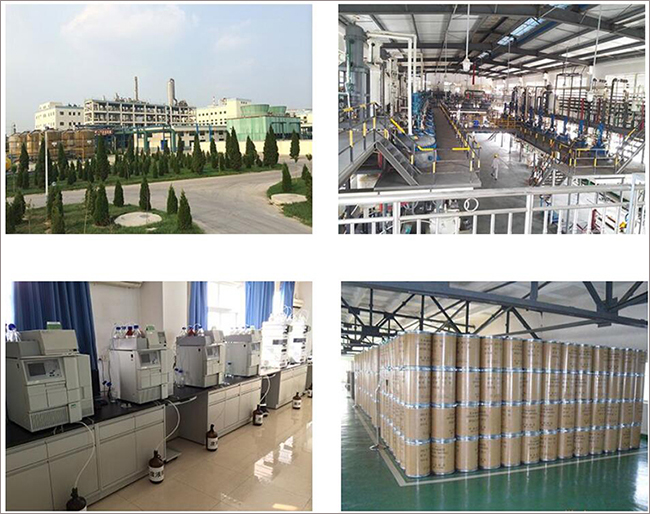



Fortunachem Provides Not Only Professional Chemical Products But Also Professional Help
Keeping you up-to-date with all the latest information, news, and events about Fortunachem!

Quick Links
Add:
E-mail:
 English
English  Español
Español  français
français  العربية
العربية 